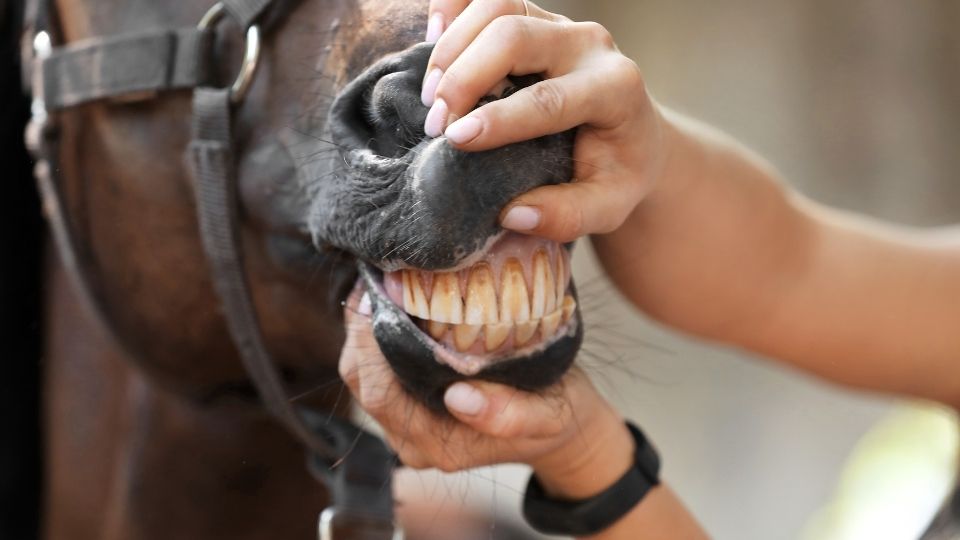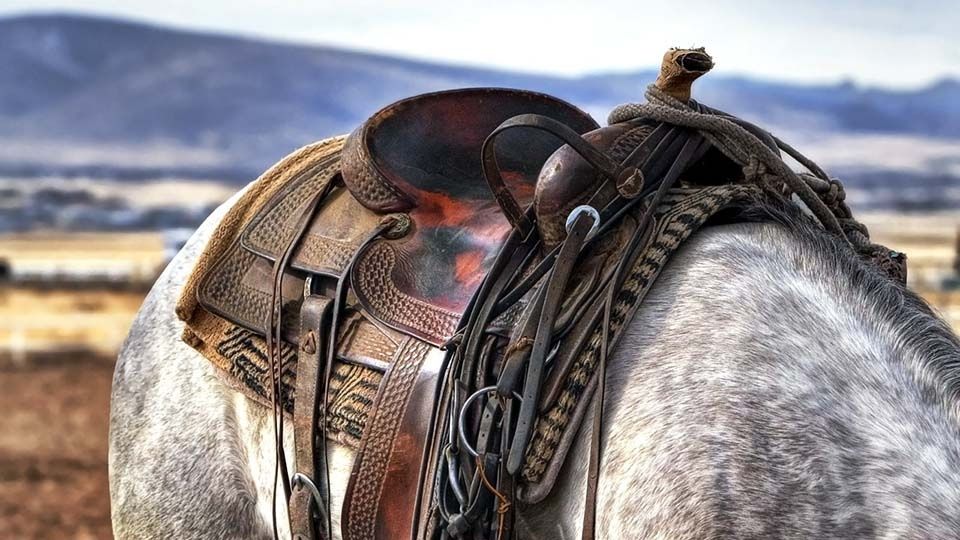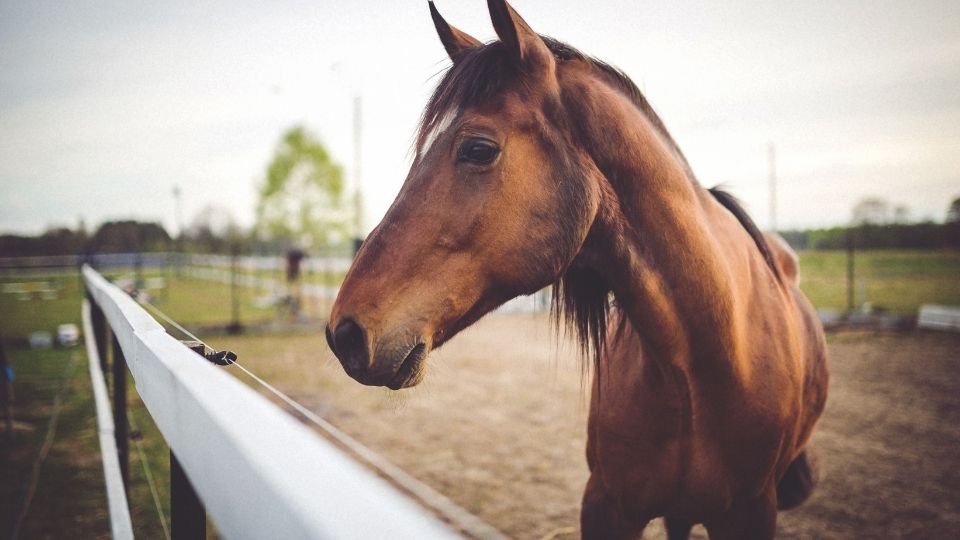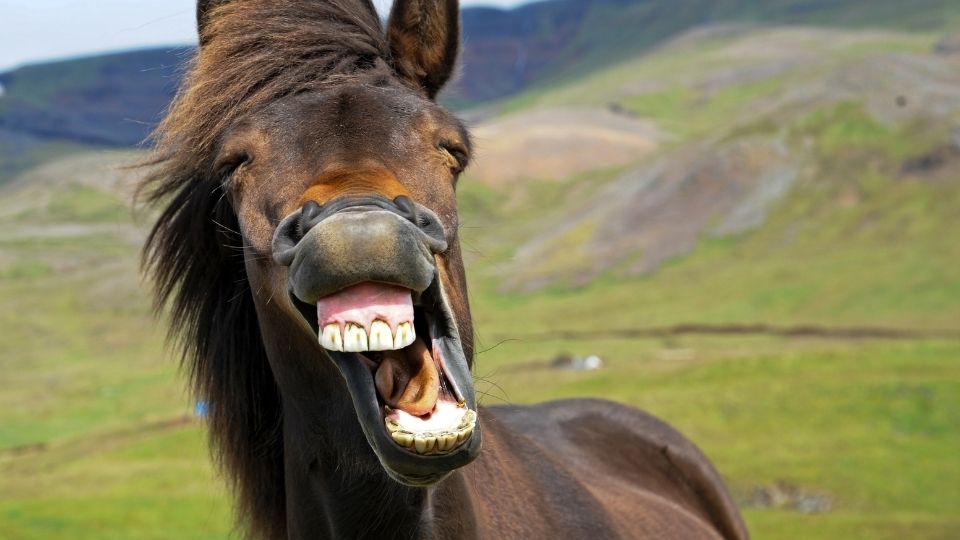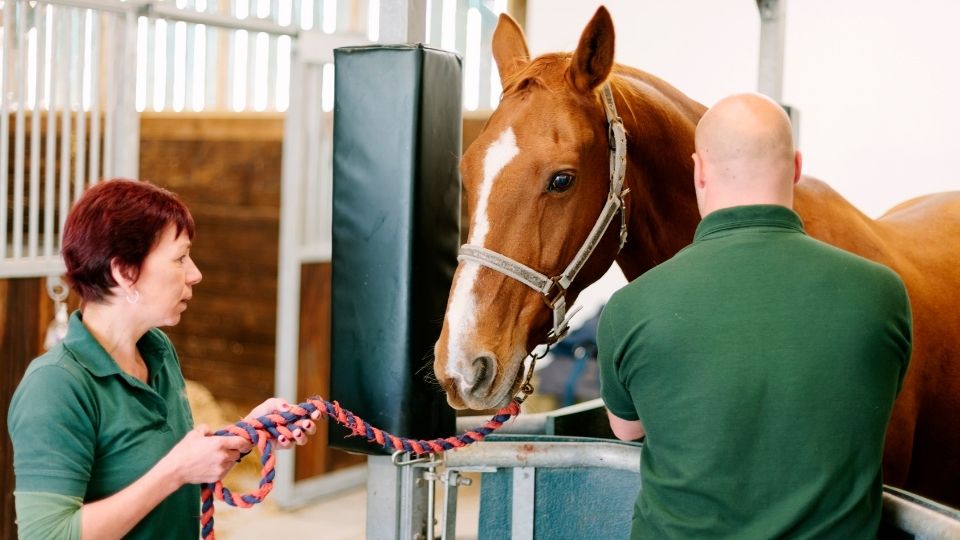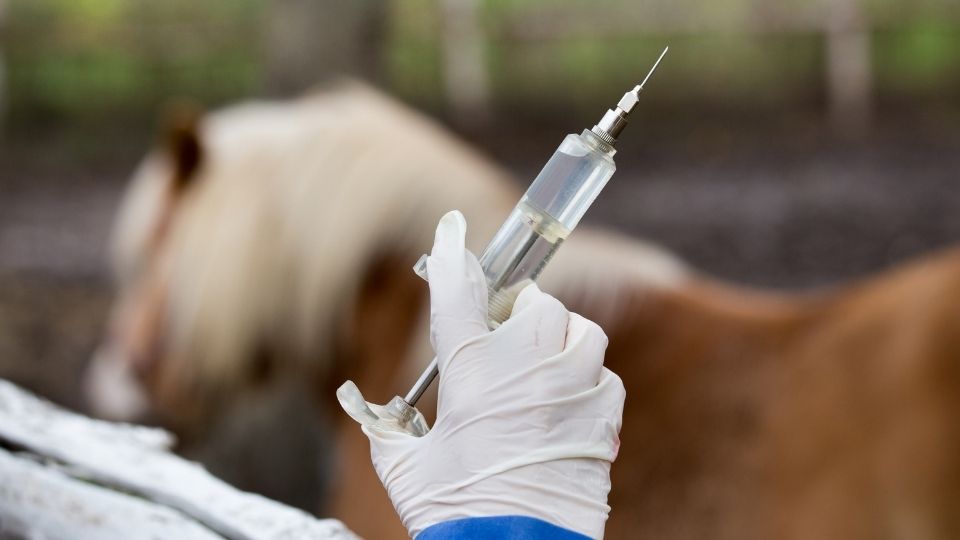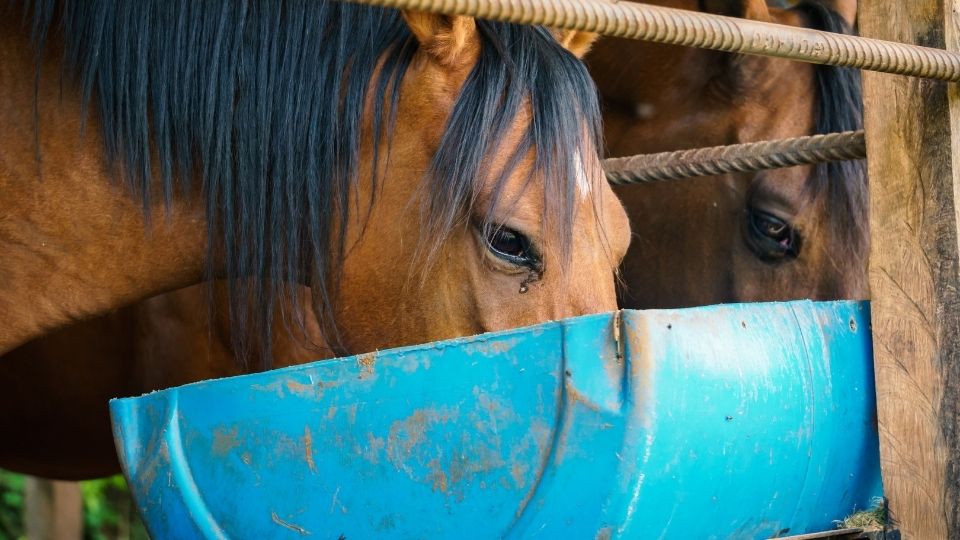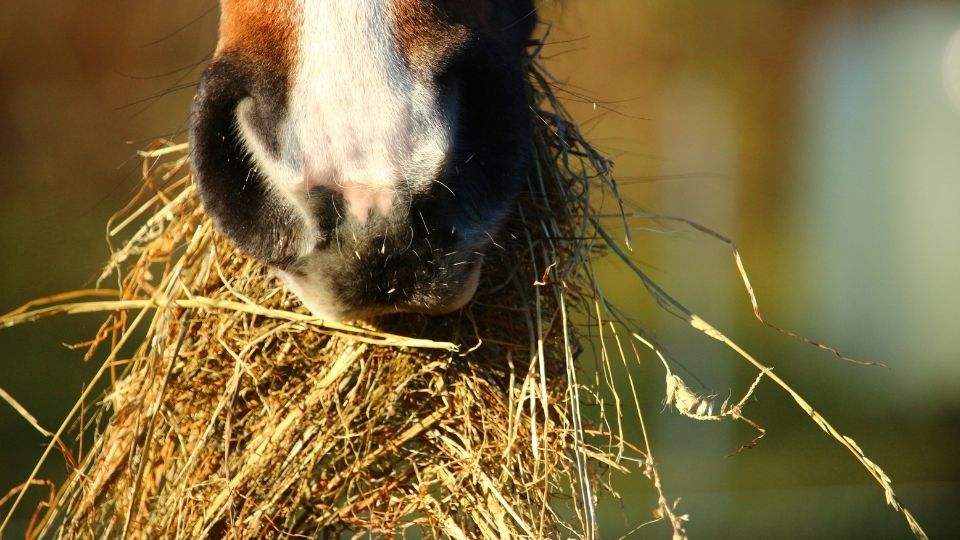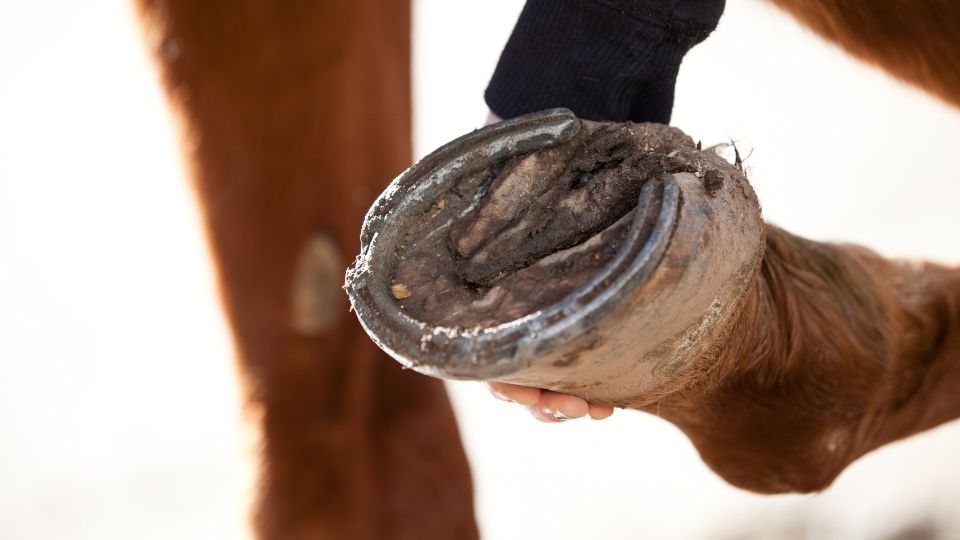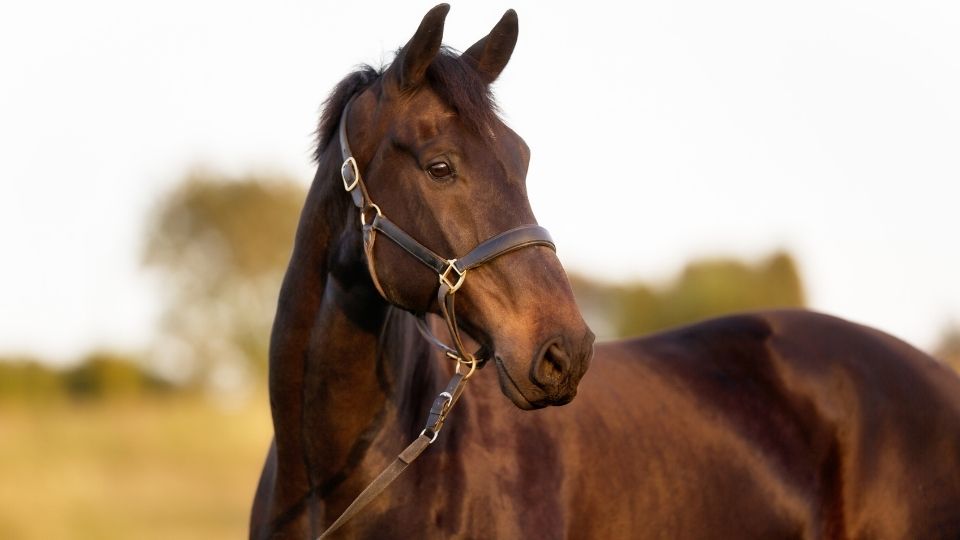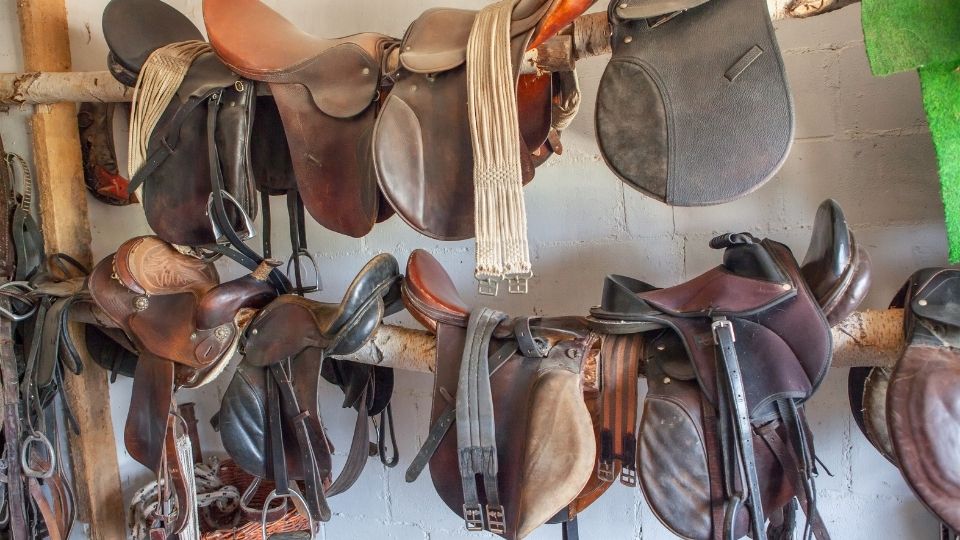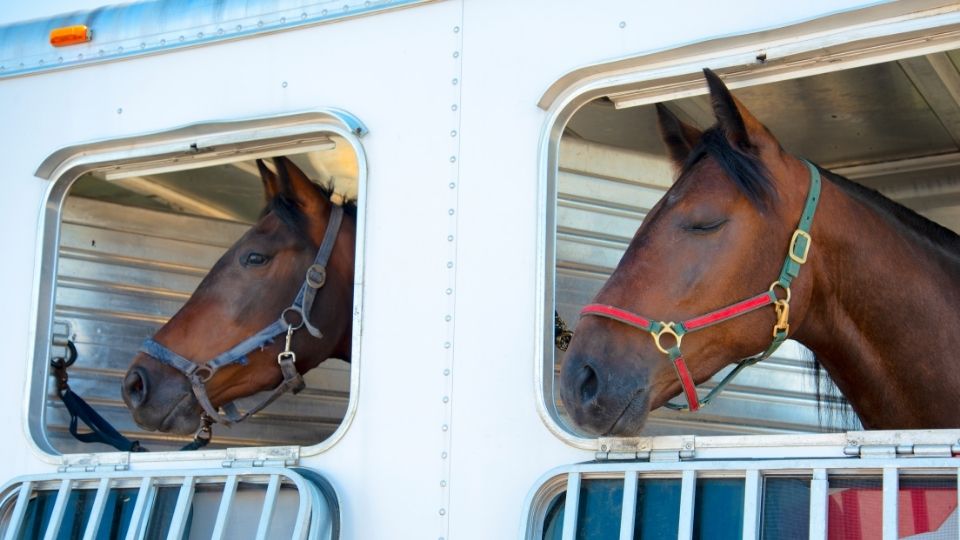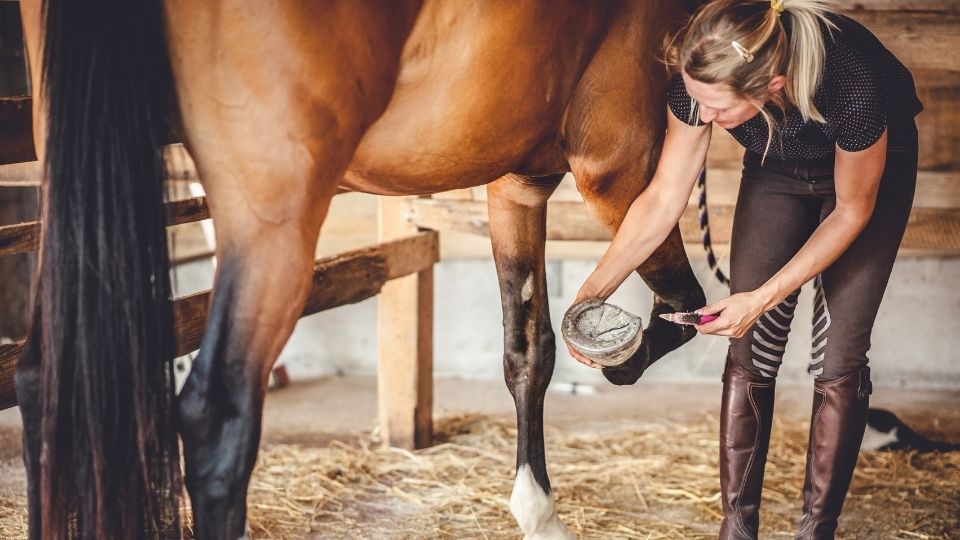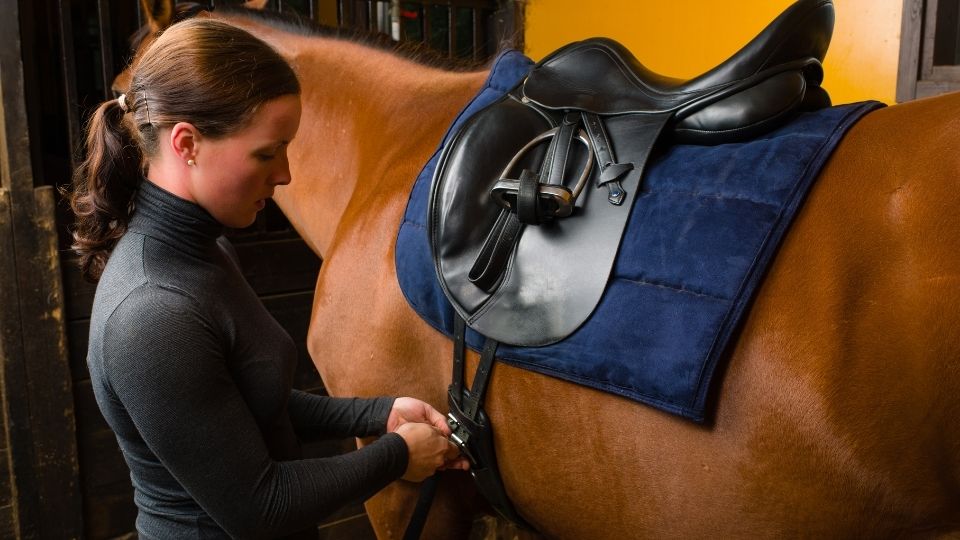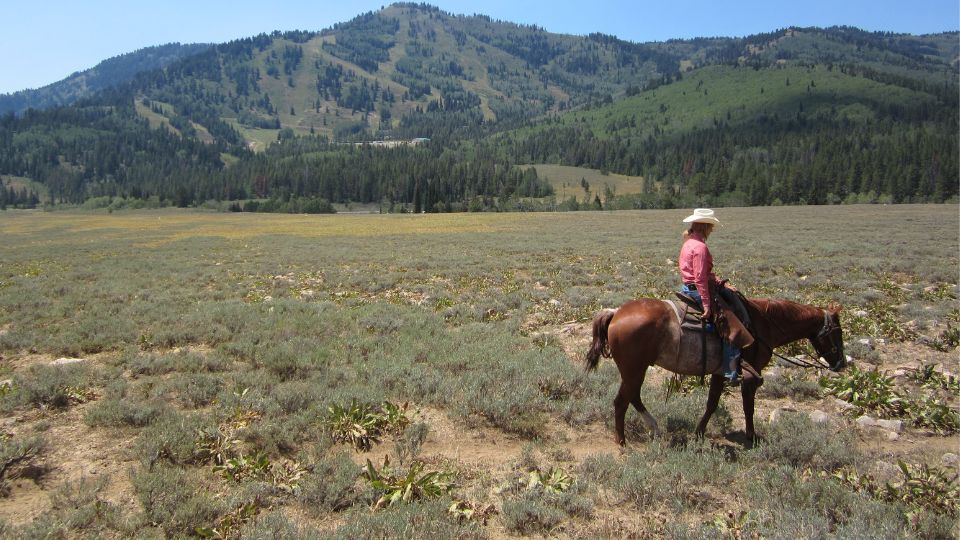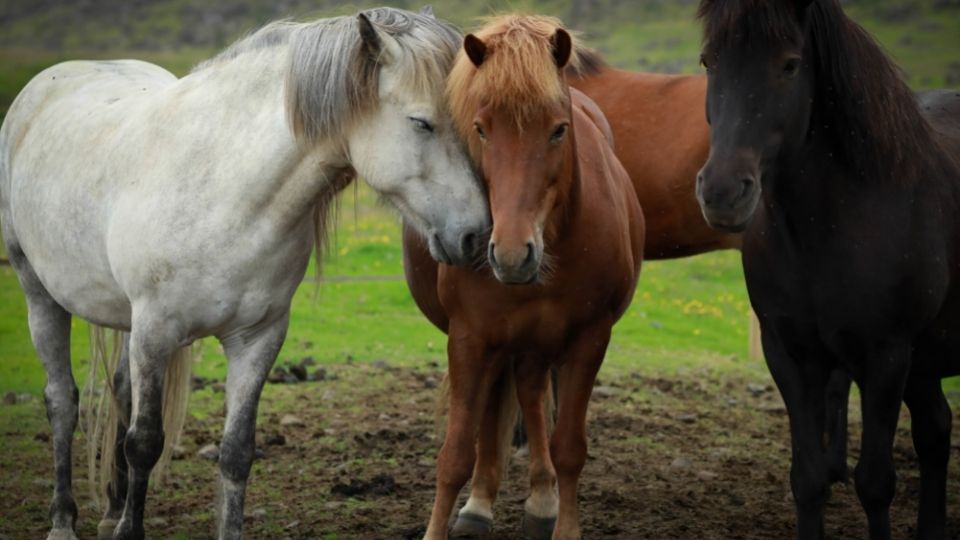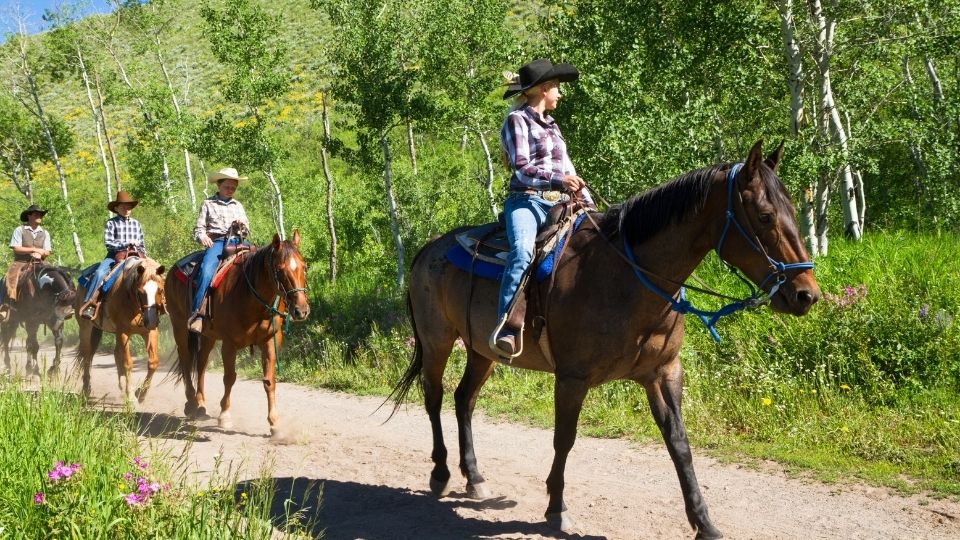Bitting the Horse: Snaffles
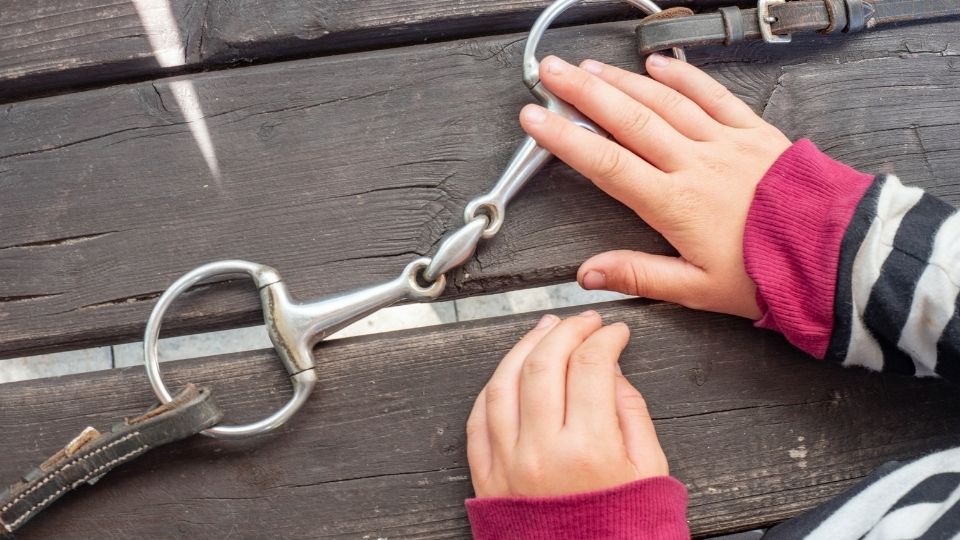
As horses are introduced to carrying a saddle and rider, they are also introduced to carrying a bit. The horse’s teeth should be evaluated prior to bitting. Points and hooks should be filed and wolf teeth should be removed. Wolf teeth are small, shallowrooted teeth typically found in the upper jaw just in front of the first molar. These teeth serve no purpose and do not have long roots that set them firmly in the jawbone, thus the presence of a bit pressing against them can cause significant gum discomfort. The wolf teeth also have sharp points that can pinch the tongue. Horses with wolf teeth or other dental problems may show signs of irritation by resisting the bit, evading the bit, tossing the head, or mouthing the bit along with issues associated with proper chewing of food. (See Ag/Equine/2007-01.)
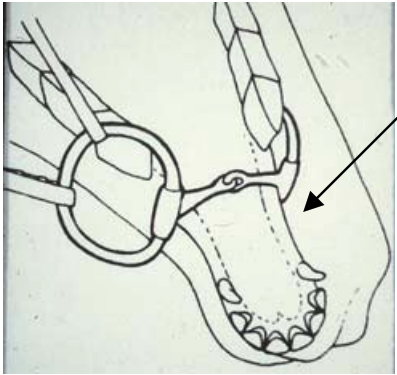
is applied
A snaffle is usually the bit of choice for the young horse. Snaffles have no leverage when pressure is applied. The reins attach to the bit at the level of the mouth piece (Figure 1). This attachment means that when the rider applies 5 pounds of pressure, the horse feels 5 pounds of pressure. Unlike the snaffle, leverage bits can multiply the pressure a rider applies. For more information on shank bits, refer to AG/Equine/2007-03, “Bitting the Horse: Shank or Curb Bits.” Snaffle bits can have a broken or solid mouth piece. The snaffle affects three areas which include the corners of the mouth, tongue, and bars. Pressure may be applied to the corners when the bit is used or when the head stall is too small, by pulling the bit too far up into the mouth. The tongue and bars receive pressure from the mouth piece. The bars are located between the incisors and the molars (Figure 1), where a thin ridge of bone is covered with gum tissue. Gums can be injured easily by excessive pulling or jerking on the reins. As this area is damaged, the horse can become “hard-mouthed.”
When introducing the bit to the young horse it is best to allow the horse to carry the bit several times without a rider. This will allow the horse to become comfortable with the bit. When the bit is first introduced, care should be taken to allow the horse to take the bit without forcing it into its mouth.

in mouth.
As the bit is brought into the mouth, try to prevent it from hitting against the incisors or Figure 2 canines. The horse will learn to carry the bit when the headstall is adjusted, allowing the bit to hang in the horse’s mouth but not so long as to bump the canines or incisors. (Figure 2)
The snaffle encourages forward movement and is invaluable in suppling and lateral maneuvers. Snaffles are a “two-handed” type of bit. This means that snaffles should always be ridden with two hands, never one-handed. Two-handed means that each hand is used independently of the other so one side of the mouth is affected at a time. If both reins are pulled at the same time with a broken mouth piece, the mouth piece folds in half and causes a constricting affect on the lower jaw while the middle of the mouth piece pushes into the palate. Used in this manner, a mild bit becomes a severe bit in the horse’s mouth.
There are many types of snaffles and each affects the mouth differently when used properly. A full cheek snaffle (Figure 3) has two full bars on either side of the mouth that apply pressure on the outside of the mouth, opposite from where the rein is used. The full check also prevents the bit from being pulled through the horse’s mouth which can happen with other snaffles. An eggbutt snaffle (Figure 4) has the mouth piece connected smoothly to a ring on either side of the mouth piece.

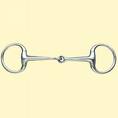
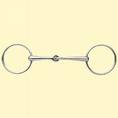

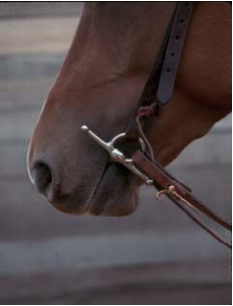
This bit is usually ridden with a curb strap, placed below the reins, to prevent it from being pulled through the horse’s mouth. A loose-ring snaffle (Figure 5) allows the mouth piece to slide on the side rings. This bit should be ridden with mouth guards to prevent the horse’s lip from being pinched between the mouth piece and ring. This bit should not be a first choice for use with a young horse. Solid mouth piece snaffles such as a mullen-mouth (Figure 6) allow for tongue relief due to a mild arch, and does not fold in the horse’s mouth. This is a very mild bit due to the lack of folding in the middle.
To properly fit a bridle to the horse, it should fit comfortably on the horse’s head. For a horse that is ridden on a loose or draped rein, the bit should hang at the corners of the horse’s mouth without causing wrinkles in the corners (Figure 7). The horse should not be “smiling” (Figure 8) as this leads to tension on the tender mouth tissue. The mouth piece should be from 1/8 to 1/4 inch wider on each side than the horse’s mouth so the mouth is not pinched. A bit that is not wide enough is like a person wearing shoes that are a size too small. It sometimes has been said the thicker in diameter the mouth piece, the milder the bit. This is not always true, as a mouth piece that is too thick can prevent the horse from closing its mouth without compressing the tongue.
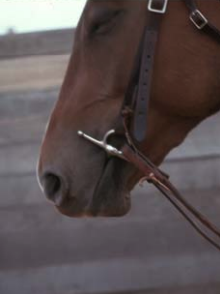
A properly adjusted headstall (Figure 9) will allow for the throatlatch to hang slightly on the jaw bone. Four fingers width between the side of the jaw and the throatlatch is a typical recommendation. The brow band should lie below the ears, allowing a couple of fingers side by side to fit underneath. It should not be tight enough to pull the crown piece of the headstall onto the ears.
Young horses need to become comfortable with carrying and responding to a bit. The rider has a tremendous affect on the action of the bit. Even bits that are considered mild can become severe when used by a rider with rough hands. Proper tack that is fitted correctly as well as soft hands and training will allow the horse to become a supple and responsive partner.
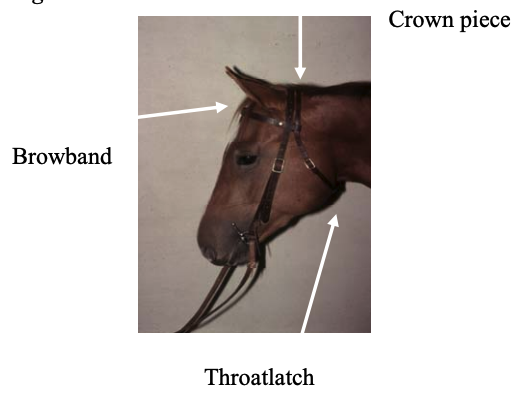
References
- Malm, G.A. DVM. 1996. Bits and Bridles An Encyclopedia. Grasshopper Publishers.
- Davie County Large Animal Hospital, NC. The Importance of Maintaining the Health of Your Horse's Mouth. Retrieved March 12, 2007. http://www.dclahdvm.com/articles/dental.htm
Published March 2007
Utah State University Extension
Peer-reviewed fact sheet
Authors
Dr. Patricia A. Evans, Assistant Professor and Extension Equine Specialist, Utah State University; Dale Barnett, Equine Program Coordinator, Murray State University, Murray, Kentucky
Related Research


